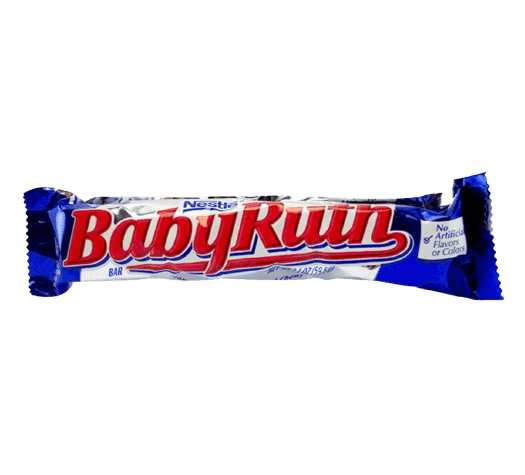Brief History of the Baby Ruth Candy Bar
The Baby Ruth candy bar, a classic American treat, was introduced in 1921 by the Curtiss Candy Company. This delectable confection, featuring a mix of peanuts, caramel, and nougat coated in chocolate, quickly won over consumers and has remained popular for over a century.
Origins and Ingredients
Developed as an evolution of the Curtiss Candy Company’s earlier “Kandy Kake,” the Baby Ruth debuted with its signature combination of chewy nougat, sweet caramel, crunchy peanuts, and a rich chocolate coating. This unique blend of textures and flavors distinguished it from competitors and fueled its early success.
The Naming Controversy
The origin of the candy bar’s name remains a subject of debate. The Curtiss Candy Company claimed it was named after Ruth Cleveland, daughter of President Grover Cleveland, who died in 1904 at age 12. However, many suspect it was actually inspired by baseball legend George Herman “Babe” Ruth, whose fame peaked in the 1920s. The timing of the candy’s launch, coinciding with Babe Ruth’s stardom, supports this theory, though the company won a legal battle in 1926 to protect the name against a competing “Ruth” candy, maintaining their official story.
Cultural Impact and Legacy
Baby Ruth has left a mark on American culture beyond its taste. Memorable marketing efforts, like a 1990s prize-wrapper campaign, and its cameo in the 1980 film Caddyshack—where it was hilariously mistaken for something else in a pool scene—have kept it in the spotlight. Today, it endures as a beloved candy, its history enriched by both its delicious recipe and the lingering mystery of its name.



Reviews
There are no reviews yet.